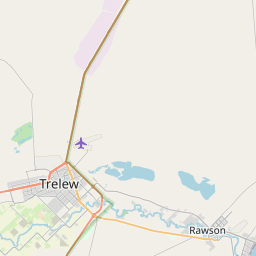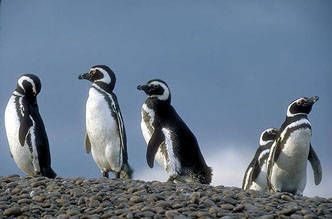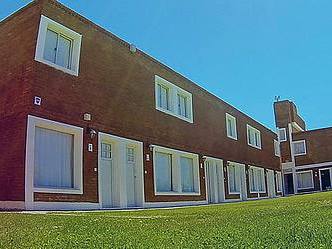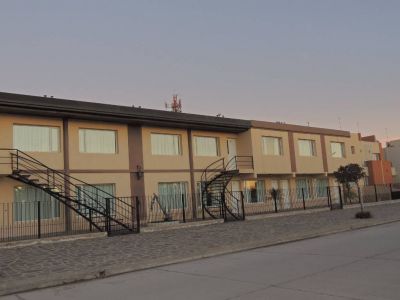A Day on Unión Beach
Playa Unión features ample quiet beaches on the Patagonian coastline. It stands out for its wild beauty, its powerful waves and the wide range of sport activities available for visitors.
Lying on Engaño Bay, next to Port Rawson and the mouth of the Chubut River, Playa Unión (Union Beach) is a quiet seaside resort just 6 kilometers away from the City of Rawson. Its vast beaches of gravel and fine sand are characterized by their cleanliness and lack of algae and they are bathed by strong waves due to their position in front of the open sea. The typical high temperatures of the Patagonian coast in the summer are milder at Playa Unión due to a constant breeze that gives visitors the chance to go on long walks and enjoy the sea. It was named after the Italian boat called Unión, which wrecked in front of the bay after facing a strong tempest in 1876. Due to its strategic location, thousands of tourists choose this destination in order to enjoy various activities offered by this region. Besides, it connects the major tourist attractions in the area, including Trelew, Gaiman, Valdés Peninsula and Puerto Madryn.
Matías Castro Sahilices
Jorge González


























